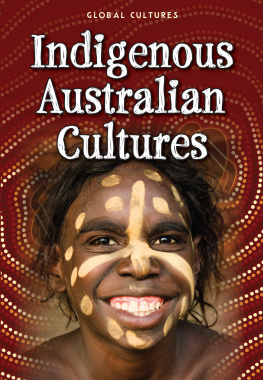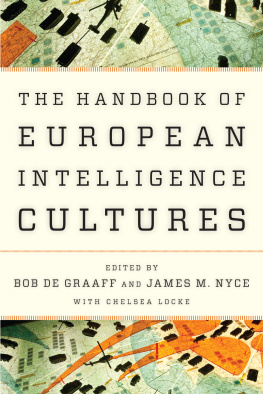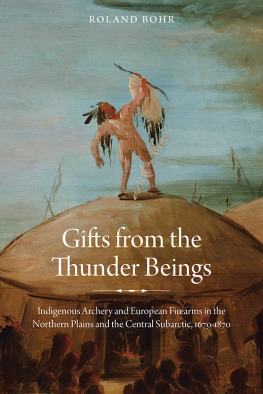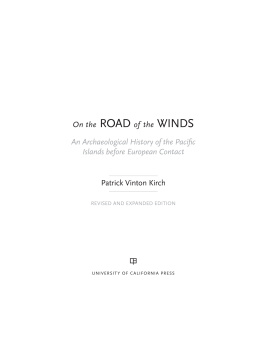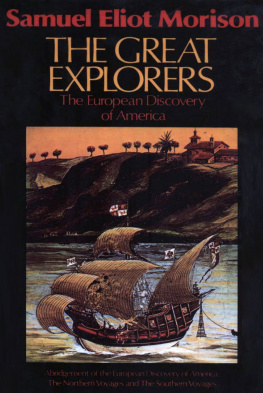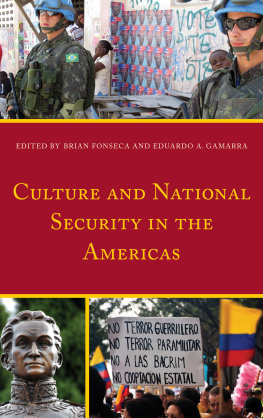Copyright 1987 by San Juan Pueblo
All Rights Reserved.
No part of this book may be reproduced in any form or by any electronic or mechanical means including information storage and retrieval systems, without permission in writing from the publisher, except by a reviewer who may quote brief passages in a review.
First Edition
Library of Congress Cataloging in Publication Data:
When cultures meet.
1. Tewa Indians--History--Congresses. 2. San Gabriel del Yunque (N.M.)--Congresses. 3. San Juan Pueblo (N.M.) -History-Congresses. 4. Spaniards-New Mexico-San Gabriel del Yunque-Congresses. 5. Indians of North America-New Mexico-History-Congresses.
E99.T35W46 1986 978.9 00497 -14466
ISBN: 0-86534-091-9
ISBN: 978-1-61139-436-8 (e-book)
The San Gabriel History Project is made possible by a grant from the New Mexico Humanities Council, an affiliate of the National Endowment for the Humanities.
Published in 1987 by SUNSTONE PRESS
Post Office Box 2321
Santa Fe, NM 87504-2321 / USA
FOREWORD
How should one begin the story of San Gabriel del Yunge Oweenge with a sounding of hard fact, "In 1597..."; or with the invocation of myth, "Once upon a time...?. Which approach, science or myth, is more important for understanding the first capital of New Mexico? It is this character of being poised between fact and fiction which is most striking about San Gabriel and which is essential for understanding these papers.
Being the first European settlement among the Indian Pueblos and the first Spanish-designated capital of the territory which is now New Mexico, San Gabriels historical identity is well established. With the positive identification of the settlements location just across the Rio Grande from present day San Juan, San Gabriel gained archaeological renown. Yet to those who have direct ancestral (or at least cultural) ties to that small, short-lived settlement, its significance is of a much different order. The meeting of two races, and the collision of profoundly different world-views is an event which leaves its mark not only in archaeological artifacts and historic events but also in the hearts and minds of a people. In this sense, the meaning of events 400 years ago are, therefore, still very much present for the residents of the Espanola valley, and to a lesser degree all of northern New Mexico. This is the mythic dimension, in which truth has little to do with years passing and everything to do with a peoples understanding of themselves.
In recent years San Juan Pueblo has been planning a community museum. In researching San Gabriel, two challenges immediately became clear. First of all, published materials about San Gabriel were entirely scholarly and specialized and none offered a general overview or picture of the settlement and its residents. How did the settlement actually develop? What was the background of the settlers and what kind of life did they find here? What did the native "hosts actually offer to the newcomers and what did they get in return? The second challenge was to adequately address both the factual and the mythic facets of San Gabriel. The Pueblo had a clear responsibility to address the interest not only of the general student of this early colonial period but also of those who experience daily the heritage of that period.
Out of these considerations the idea of a history conference arose. Yet clearly this could not be your typical history conference. Given the increasing polarization of science and art, prose and poetry, expert and lay, could an amiable forum be created among scientists, scholars, poets and natives? The success of the conference proved that the topic of San Gabriel provided a rare opportunity for this unusual blending. This success can largely be attributed to two factors, both of which force us to expand our understanding of history.
The first factor is simply the paucity of factual data about the settlement. The events and place are obscured just enough by the dust and forgetfulness of years to put everyone on equal footing. There is just enough factual data to fuel the scientific mind, yet not enough to render the subject cut and dried. At the same time, the historic link between the events then and the regional character today is direct enough to inspire the imagination but also to rule out wild or arbitrary speculation. On this subject, the scientists are forced to fill in sizable gaps between known facts with creative speculation, while the poets must discipline their imagination against archival records and local memory.
The title of the conference, "When Cultures Meet: Remembering San Gabriel Del Yunge Oweenge, suggests the second factor bearing upon the success of the conference. The theme of remembrance transcends the boundaries of science and myth and subsumes history within a context of community. Indeed, the feeling at the conference of a shared heritage was as clear and bright as the New Mexico sky on that October day. In the presentations, the luncheon at the Oke Oweenge Crafts Cooperative and performances by folk musician Cipriano Vigil and the San Juan Indian Youth Dances, the feeling of participation in a shared community grew steadily. It is as if this was a gathering to pool together and celebrate a key segment of the region's communal memory. Painful or glorious, shared history eventually creates a community of shared memory.
The actual event of the conference was only the most visible evidence of this community. In truth, it was evident from the project's very conception in the generosity and cooperation extended to the Pueblo in organizing the event. This project was an organizers dream-come-true, as enthusiasts of San Gabriel and old friends of San Juan came forward with encouragement and offers of help.
We would like first to thank all the participants in the conference who went well beyond their normal responsibilities as presenters and took an active role in the conferences conception and planning. Their willingness to meet together and discuss their respective contributions in advance is what made it possible to bring together diverse perspectives with minimal overlap and produce this well-rounded overall presentation of the subject.
Special thanks also goes to the many residents of San Juan who helped make the conference unfold so smoothly and offered a special touch of hospitality to visitors.
We would like to thank Sunstone Press for providing guidance and production of this publication.
Finally, we would like to thank the New Mexico Humanities Council whose generous support made this project possible. In addition, the entire staff of the Humanities Council have earned our deep appreciation for their guidance, assistance and patience throughout the long course of the project.
We hope you enjoy this volume and the diverse ways revealed to us for leaping over the boundaries of time. We welcome you to explore San Gabriel del Yunge Oweenge, the place, the event and the heritage, through the means of scientific inquiry, scholarly investigation and imaginative speculation.
Herman Agoyo, Tribal Administrator
Lynnwood Brown, Project Coordinator


 Sunstone Press thanks Marian Rodee, Curator of Collections, Maxwell Museum of Anthropology, for her assistance.
Sunstone Press thanks Marian Rodee, Curator of Collections, Maxwell Museum of Anthropology, for her assistance.
